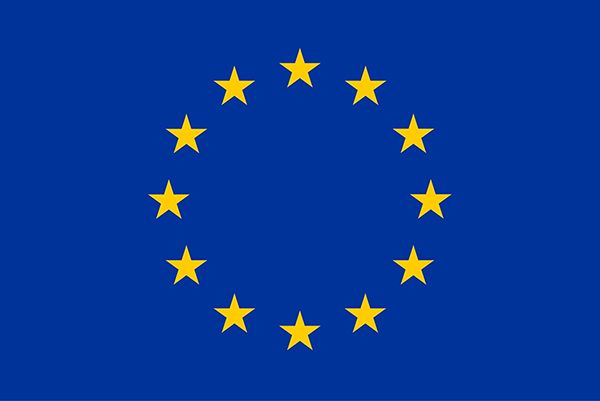Electro-Intrusion. Simultaneous transformation of ambient heat and undersired vibrations into electricity via nanotriboelectrification during non-wetting liquid intrusion-extrusion into-from nanopores
Program: Horyzont 2020, FET Proactive
Call ID: H2020-FETPROACT-2018-2020
Duration in months: 48 months
Role of the University of Silesia: partner
Project Coordinator at the University of Silesia: dr hab. Mirosław Chorążewski, prof. UŚ
Participated unit: Faculty of Science and Technology, Institute of Chemistry
EU funding: 3 651 381,25 EUR
EU funding for UŚ: 435 602,50 EUR
Greenhouse gas emissions, pollution and rational energy use are civilization-scale challenges which need to be resolved urgently, in particular by the conversion of abundant waste heat and undesired vibrations into useful electricity. However, the low efficiency of existing conversion methods does not provide an attractive solution. Here we propose a new and highly efficient method and apparatuses for the simultaneous transformation of mechanical and thermal energies into electricity by using zero-emission nanotriboelectrification during non-wetting liquid intrusion-extrusion into-from nanoporous solids. To tackle these phenomena, we bring together a consortium of multidisciplinary teams specializing in physics, chemistry, material science and engineering to address the project by the state-of-the-art methods of MD simulations, high-pressure calorimetry and dielectric spectroscopy, materials synthesis and characterization, and prototype development. The FETPROACTIVE call is a key solution to bring this early stage multidisciplinary concept to higher TRLs, fill in the large knowledge gaps in the solid-liquid contact electrification and heat generation during intrusion-extrusion as well as enable its full impact on EU innovation leadership, competitive market and energy sector security. With this regard, the final stage of the project implies regenerative shock-absorber development and field-testing for a drastic maximization of the maximum range of hybrid / electric vehicles. The proposed method can be used for energy scavenging within a wide range of technologies, where vibrations and heat are available in excess (train, aviation, domestic devices, drilling, etc.). In particular, using European Environment Agency data we estimate that the use of the proposed approach only within the automobile sector can reduce the overall EU electricity consumption by 1-4% in 2050.
The University of Silesia takes part as a partner in the project carried out by an international consortium. The Project Coordinator is Dr. Yaroslav Grosu (Center of Cooperative Research on Alternative Energies (CIC energiGUNE), Basque Research and Technology Alliance (BRTA), Spain). The project will run for four years.The project manager at the University of Silesia is Dr. Mirosław Chorążewski. The project also involves members of the research team of Thermodynamics in Action: Dr. Alexander R. Lowe and Dr. Monika Geppert-Rybczyńska.
Project consortium:
- Centre of Cooperative Research on Alternative Energies (CIC energiGUNE), Basque Research and Technology Alliance (BRTA), Spain – leader
- Universita degli Studi di Ferrara, Italy
- University of Birmingham, Great Britain
- The National Technical University of Ukraine “Igor Sikorsky Kyiv Polytechnic Institute”, Ukraine
- TENNECO, Belgium
- Uniwersytet Śląski w Katowicach, Instytut Chemii, Poland
The project received funding from the European Union Framework Program for Research and Innovation “Horizon 2020”







